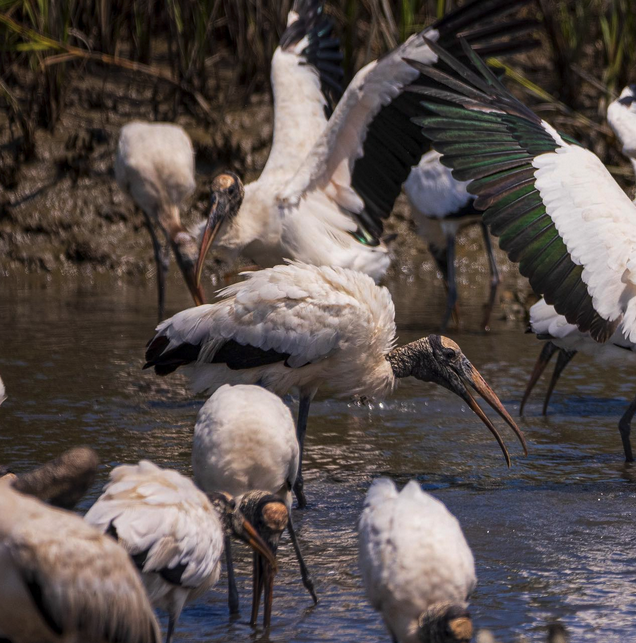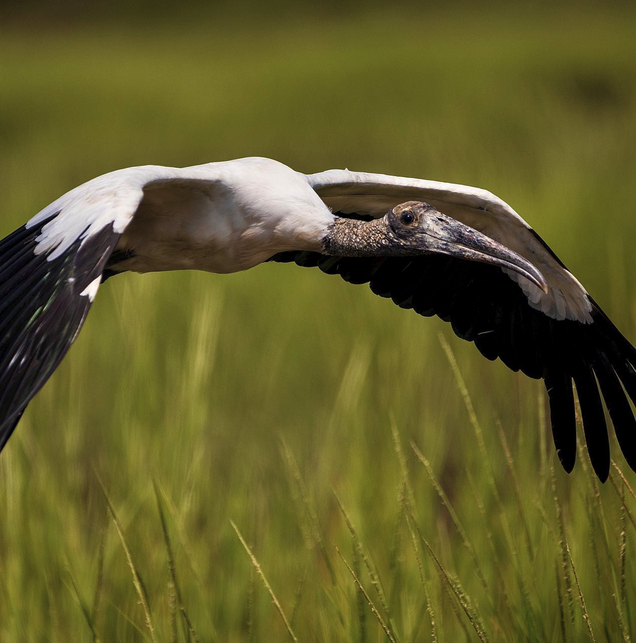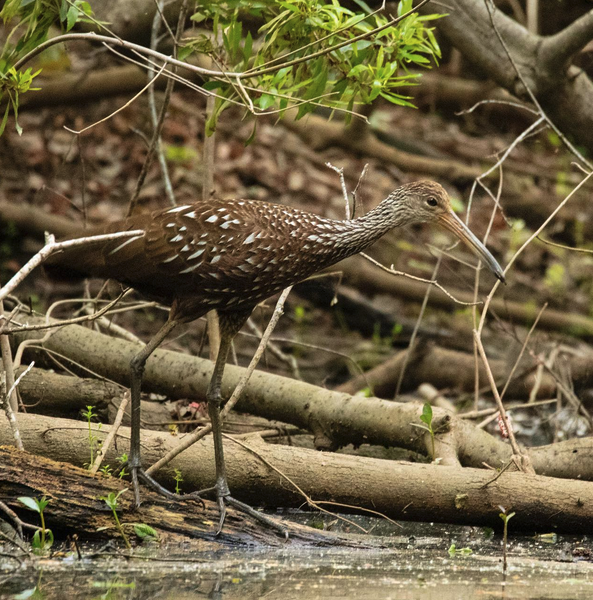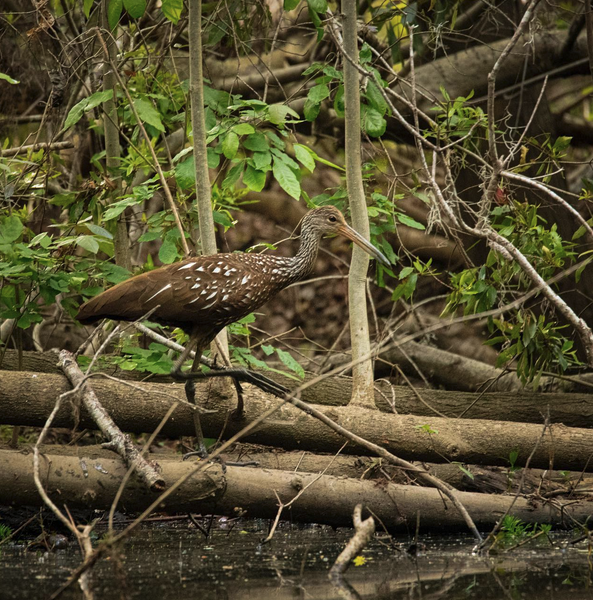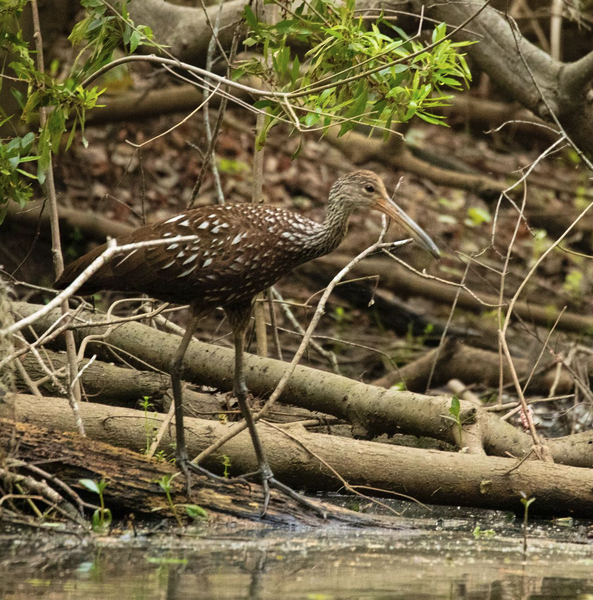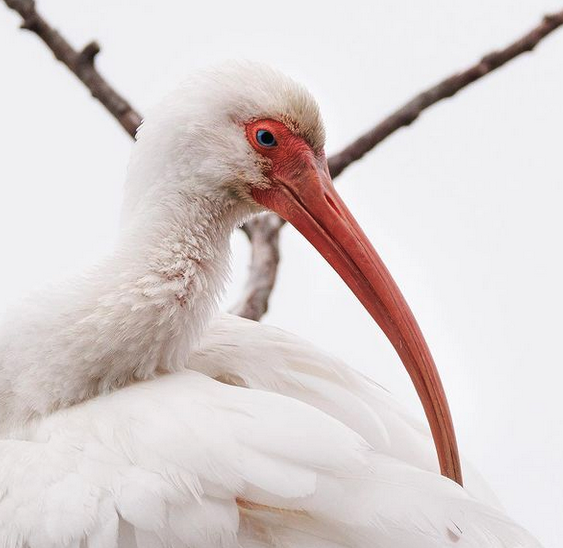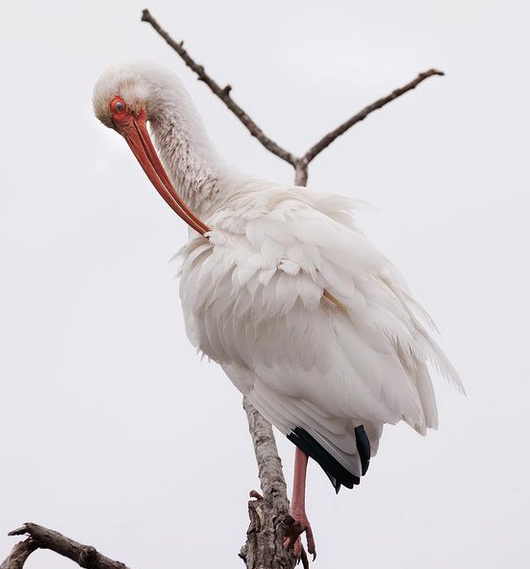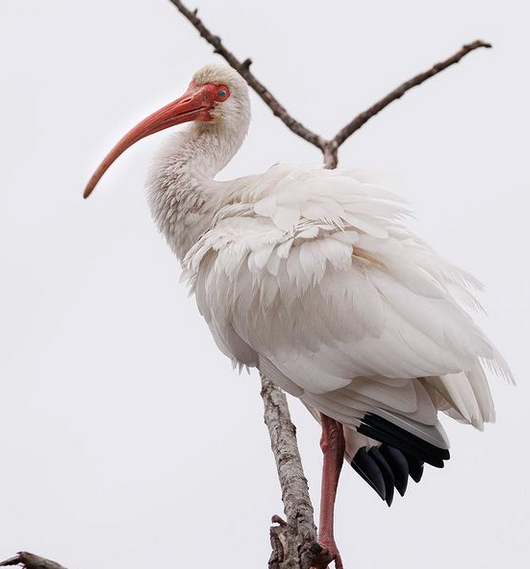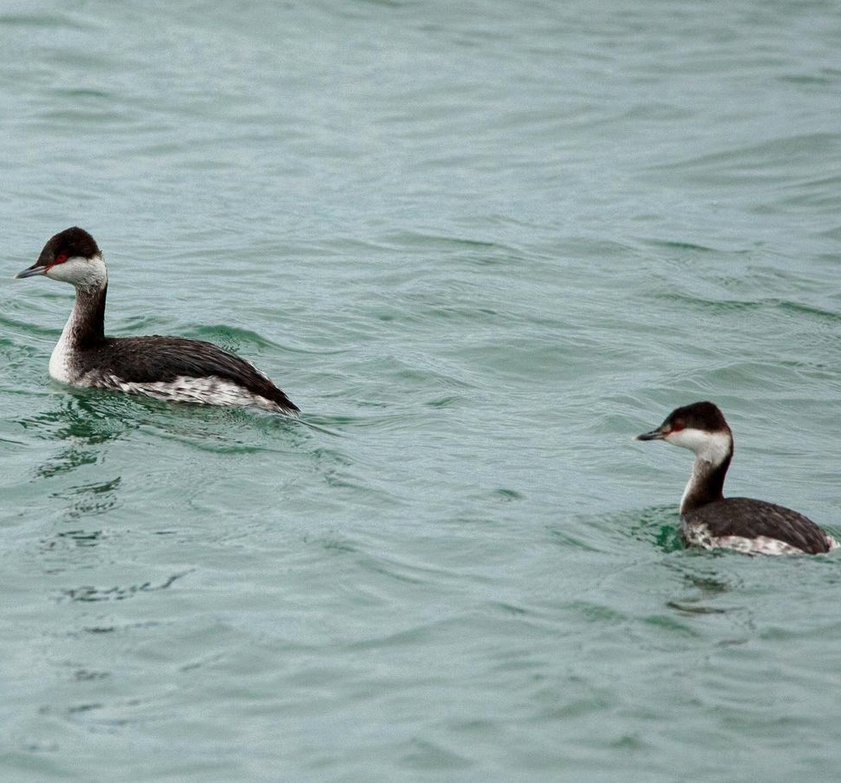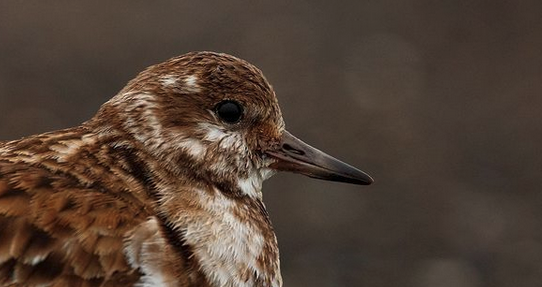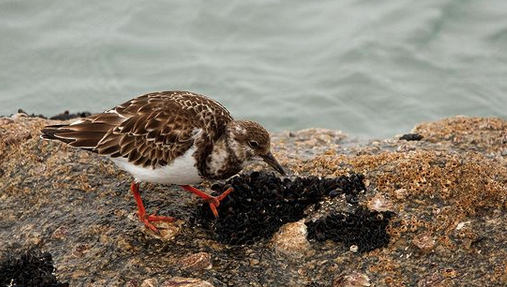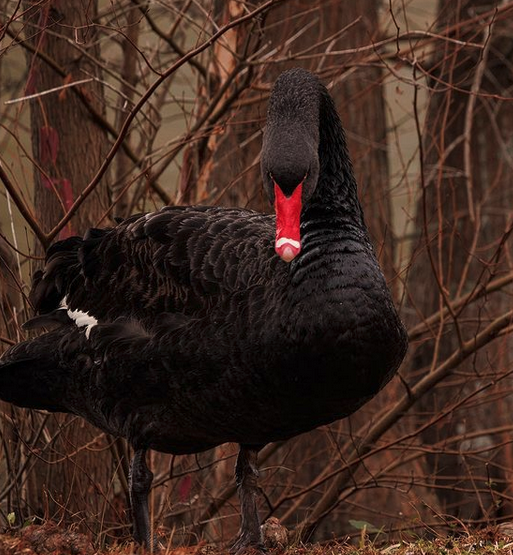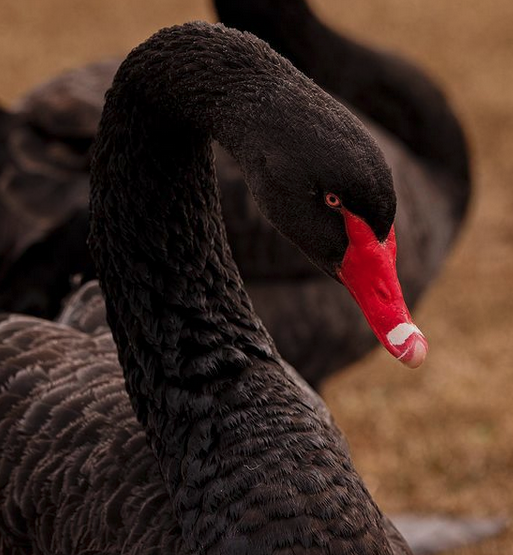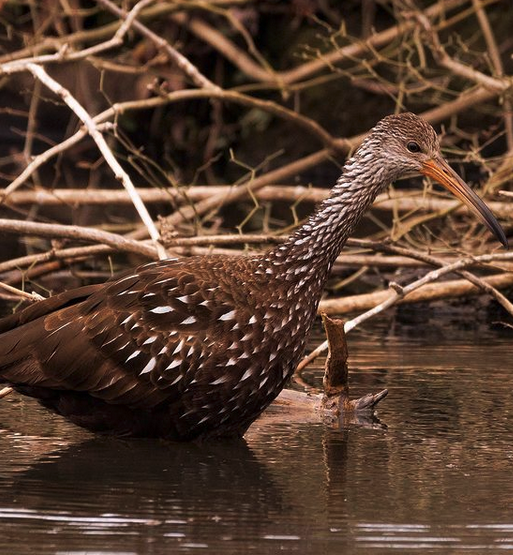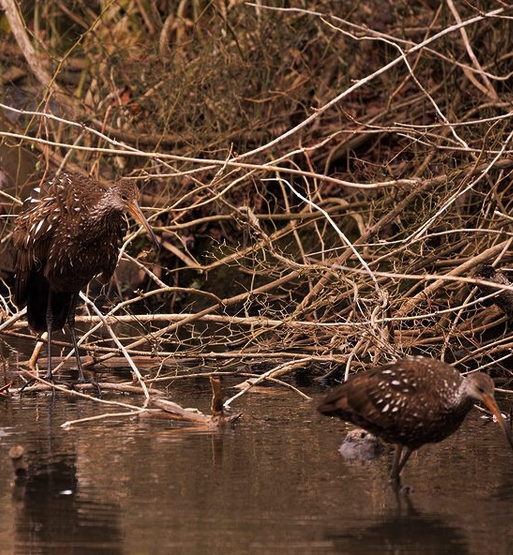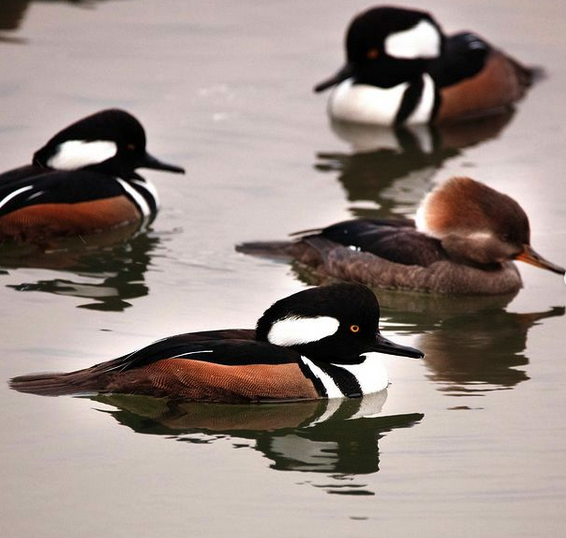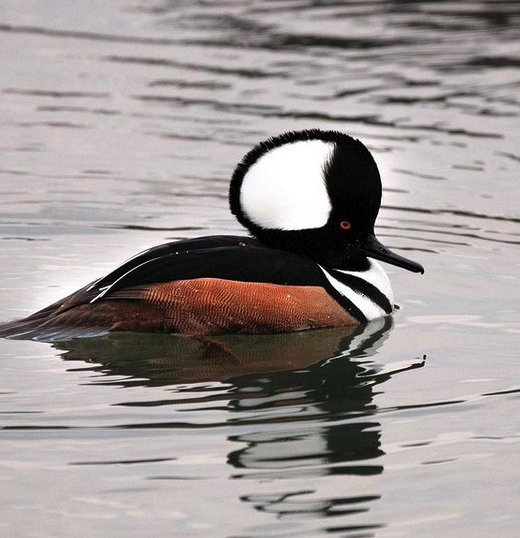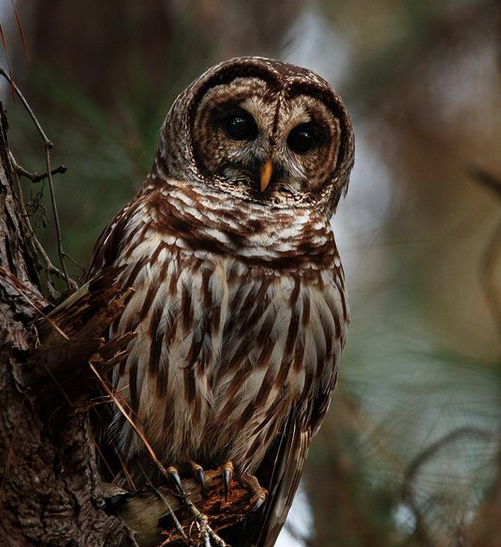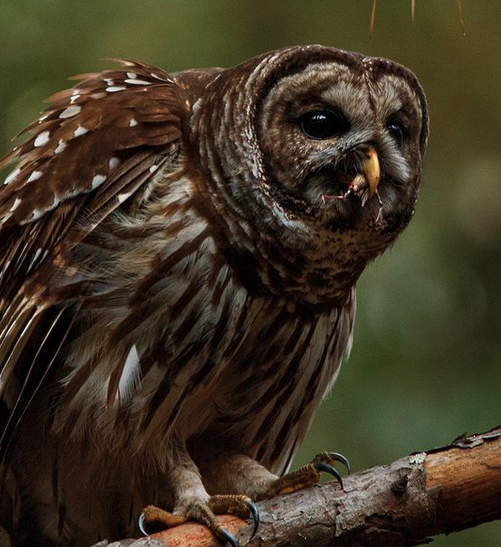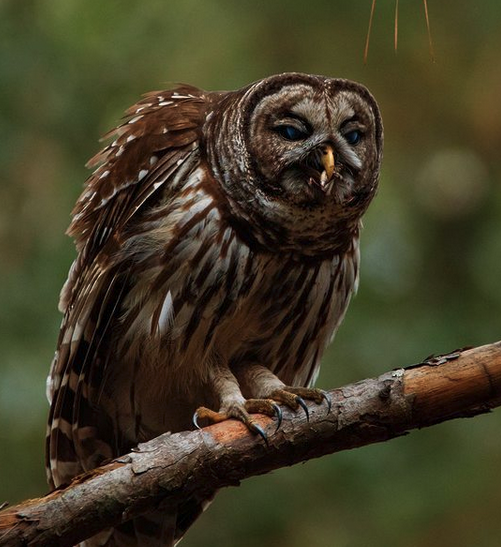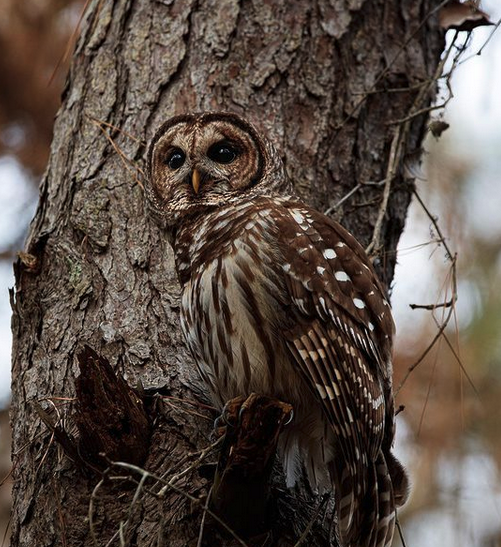By Sally Siko
Whenever I travel to the coast to go birding, I’m always happy to catch a glimpse of a Tricolored Heron.
These guys are beautiful birds and are interesting to watch while hunting for a meal.
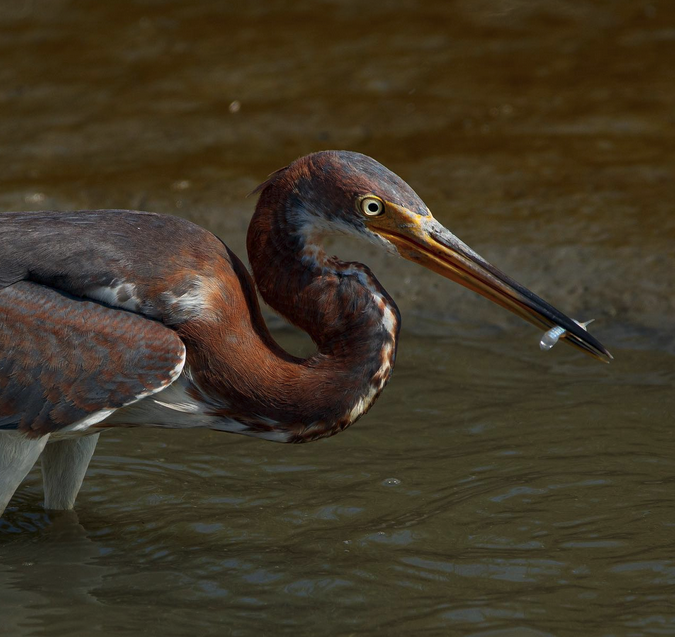
I found this one earlier this month while birding at Huntington Beach State Park, SC.
Head moving from side to side, he moved through the water slowly, scanning the surface like a cat stalking it’s prey. When the heron spotted a fish, he froze momentarily as he lined up his shot, then struck into the water like a dart.
I’d estimate his catch rate at about 70% which wasn’t bad considering most of the fish I’d seen were small minnows.


Though Tricolored Herons are a year round resident of North Carolina, they are technically a migratory species which tend to over winter here in lesser numbers than which are found during the summer.
They prefer to hunt and nest in salt and brackish water areas such as tidal marshes and mudflats found along our coastlines but Tricolored’s may also occasionally be spotted looking for a meal in freshwater environments (especially marshes & shallow ponds) in the inland areas of eastern part of the state.
One has even showed up earlier this month in the Raleigh area (central part of the state) which was pretty neat!
Photos by @sally_siko of @bestlife_birding on my beloved full frame 50MP beast, the mighty @canonusa #5Ds


